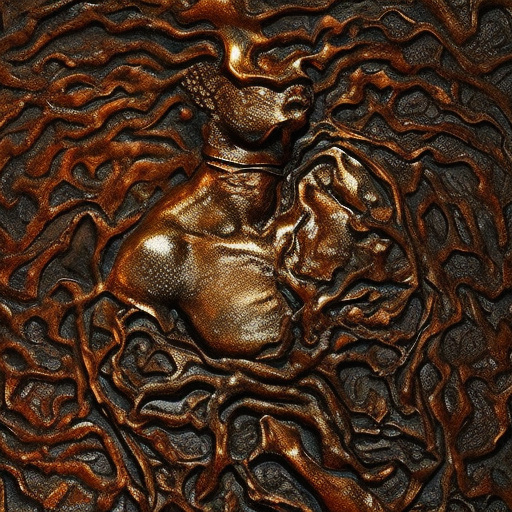Bronze Casting: A Comprehensive Overview
Bronze casting is a traditional art form that involves the creation of sculptures and other objects using molten bronze. This process has been practiced for thousands of years and has played a significant role in the development of various civilizations. From ancient Egypt to the Renaissance, bronze casting has been utilized to create intricate and enduring works of art.
History of Bronze Casting
Bronze casting has a rich history that dates back to around 3000 BCE. The earliest known bronze objects were created in ancient Mesopotamia and China. These early civilizations discovered that combining copper with tin resulted in a stronger and more durable material, which eventually led to the development of bronze casting techniques.
During the Bronze Age, bronze casting became widespread in many parts of the world. In ancient Egypt, bronze was used to create statues of gods and pharaohs, as well as functional objects like weapons and tools. In ancient Greece, bronze casting reached its peak during the Classical period, with renowned sculptors such as Phidias and Praxiteles producing masterpieces that are still admired today.
The Bronze Casting Process
The process of bronze casting involves several steps, each requiring skill and precision. Here is a simplified overview of the process:
- Creation of the Sculpture: The first step in bronze casting is the creation of a sculpture or model. This can be done using various materials such as clay, wax, or plaster. The sculpture is typically created in a larger size than the desired final bronze piece to account for shrinkage during the casting process.
- Making the Mold: Once the sculpture is complete, a mold is made to create a negative impression of the sculpture. This can be done using materials like silicone or plaster. The mold is carefully constructed to capture all the intricate details of the sculpture.
- Wax Casting: After the mold is made, molten wax is poured into the mold to create a wax replica of the original sculpture. This wax replica is then carefully removed from the mold and refined to remove any imperfections.
- Investment: The wax replica is then coated with a ceramic shell through a process called investment. This involves repeatedly dipping the wax replica into a ceramic slurry and then coating it with a fine sand or powder. This creates a strong and heat-resistant shell around the wax.
- Burnout: Once the ceramic shell is dry, the entire mold is heated in a kiln to melt and remove the wax. This process is known as burnout and leaves behind a hollow cavity in the shape of the original sculpture.
- Bronze Pouring: Molten bronze, heated to a temperature of around 2,000 degrees Fahrenheit, is poured into the hollow cavity created by the burnout process. The bronze fills the space left by the wax, capturing all the intricate details of the original sculpture.
- Cooling and Finishing: After the bronze has cooled and solidified, the ceramic shell is carefully broken away, revealing the bronze sculpture. The sculpture is then cleaned, polished, and any remaining imperfections are refined by the artist.
Significance and Legacy
Bronze casting has had a profound impact on art and culture throughout history. Bronze sculptures have served as symbols of power, religious devotion, and artistic expression. They have adorned public spaces, temples, and palaces, leaving a lasting legacy for future generations to admire.
In addition to its aesthetic value, bronze casting has also contributed to the preservation of history. Many ancient bronze sculptures have survived the test of time, providing valuable insights into the artistic techniques and cultural practices of past civilizations.
Today, bronze casting continues to be practiced by artists and artisans around the world. While modern techniques and materials have been introduced, the fundamental process remains largely unchanged. Bronze casting workshops and foundries offer opportunities for artists to learn and refine their skills, ensuring that this ancient art form will continue to thrive in the future.
In conclusion, bronze casting is a time-honored art form that has played a significant role in the development of various civilizations. From ancient Egypt to the Renaissance and beyond, bronze sculptures have captivated audiences with their beauty and craftsmanship. The intricate process of bronze casting, from the creation of the sculpture to the final finishing touches, requires skill, precision, and a deep understanding of the material. As a result, bronze casting has left a lasting legacy in the art world and continues to inspire artists and art enthusiasts today.












